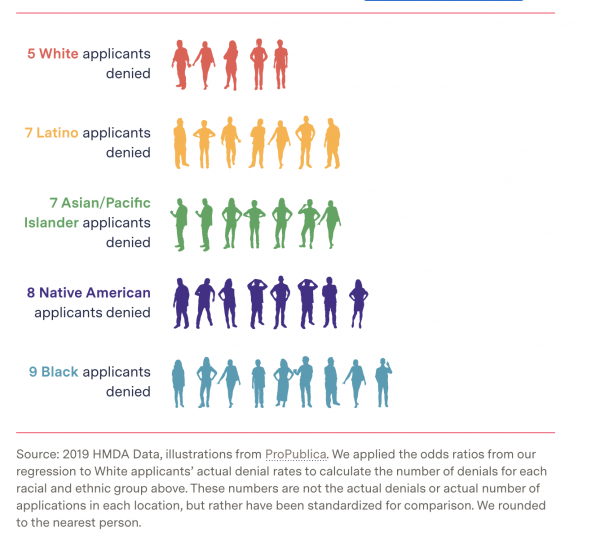An Audit Tool by The GovLab and UNICEF: “Around the world and across domains, institutions are using data to improve service delivery for children. Data for and about children can, however, pose risks of misuse, such as unauthorized access or data breaches, as well as missed use of data that could have improved children’s lives if harnessed effectively.
The RD4C Principles — Participatory; Professionally Accountable; People-Centric; Prevention of Harms Across the Data Life Cycle; Proportional; Protective of Children’s Rights; and Purpose-Driven — were developed by the GovLab and UNICEF to guide responsible data handling toward saving children’s lives, defending their rights, and helping them fulfill their potential from early childhood through adolescence. These principles were developed to act as a north star, guiding practitioners toward more responsible data practices.
Today, The GovLab and UNICEF, as part of the Responsible Data for Children initiative (RD4C), are pleased to launch a new tool that aims to put the principles into practice. 22 Questions to Assess Responsible Data for Children (RD4C) is an audit tool to help stakeholders involved in the administration of data systems that handle data for and about children align their practices with the RD4C Principles.
The tool encourages users to reflect on their data handling practices and strategy by posing questions regarding:
- Why: the purpose and rationale for the data system;
- What: the data handled through the system;
- Who: the stakeholders involved in the system’s use, including data subjects;
- How: the presence of operations, policies, and procedures; and
- When and where: temporal and place-based considerations….(More)”.


